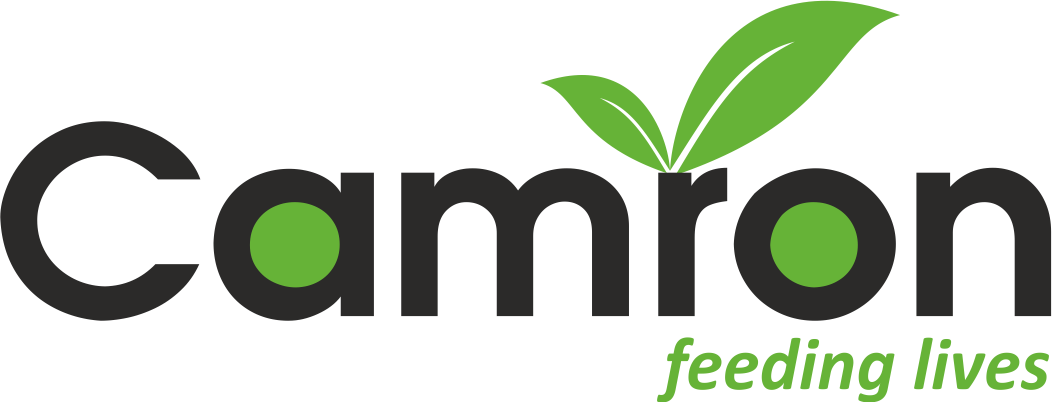Importance of protein for milking cows
- December 25, 2015
- Posted by: Camron
- Categories: Cattle health, Nutrition

A protein is defined as a chain of 50 amino acids or more. The cow absorbs and uses individual amino acids and requires specific amounts of each for maintaining her body, making a calf, making her own muscle and bone, and producing milk.
Milk production depends directly on metabolizable energy and protein available to the animal, after the need for growth and maintenance. Modern, dynamic formulation systems calculate milk production forecasts based on metabolizable protein and the amino acids profile available at the intestinal level.
Metabolizable protein (MP) comes from two sources: microbial protein and ‘bypass’ protein which escaped degradation in the rumen. In high-producing cows, microbial protein can supply more than 50% of total metabolizable protein. In addition, microbial protein provides 60% to 85% of amino acids that reach an animal’s intestine. In terms of amino acid profile and economic efficiency, microbial protein proves superior to vegetable and other animal protein sources.
To optimize the cost of protein diet and increase milk productivity, feed producers should pay attention to rumen pH, proper cultivation techniques and harvesting time in order to optimize neutral detergent fiber (NDF) digestibility of forages and to the choice of ingredients that best meet a cow’s and rumen bacteria’s needs.
A profitable ration for high producing cows should have at least half of all metabolizable protein coming from rumen bacteria and more than 70% of the starch efficiently fermented in the rumen. Both these parameters are good indicators of proper rumen efficiency.

